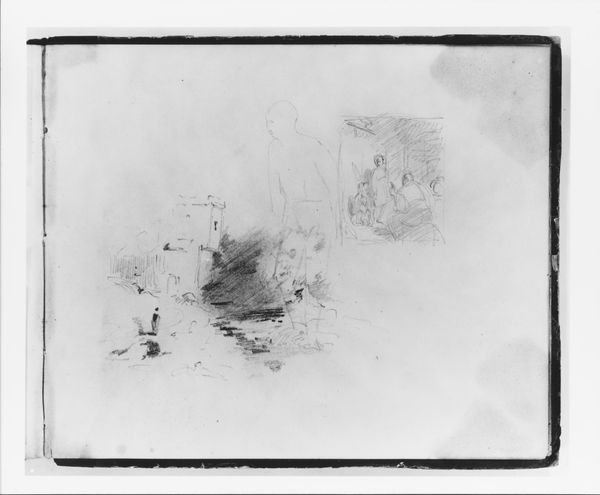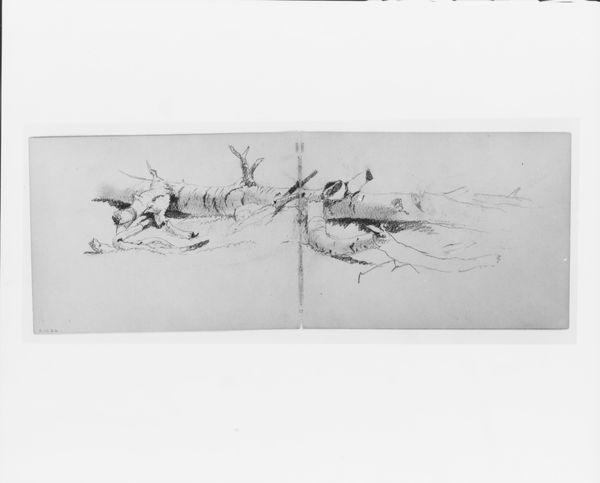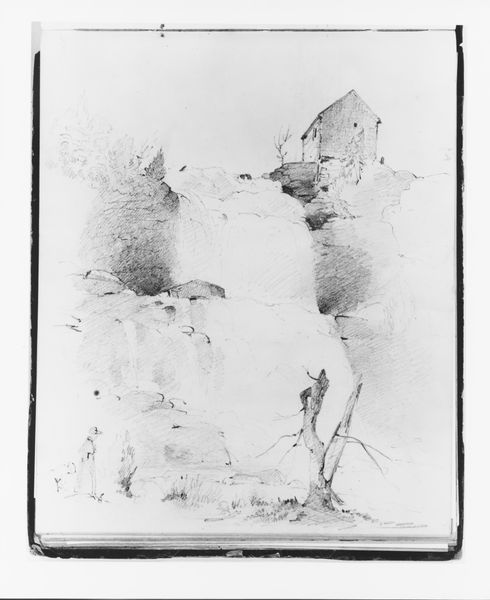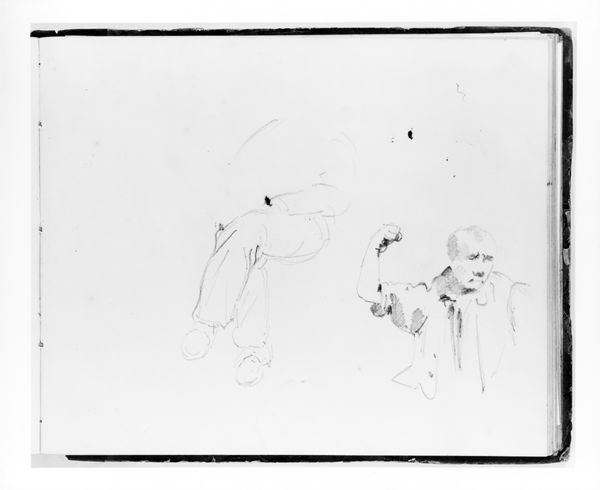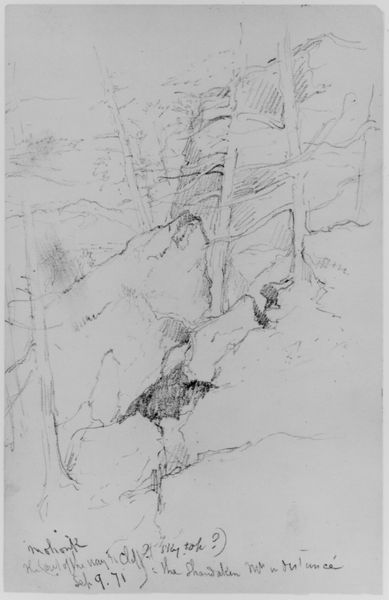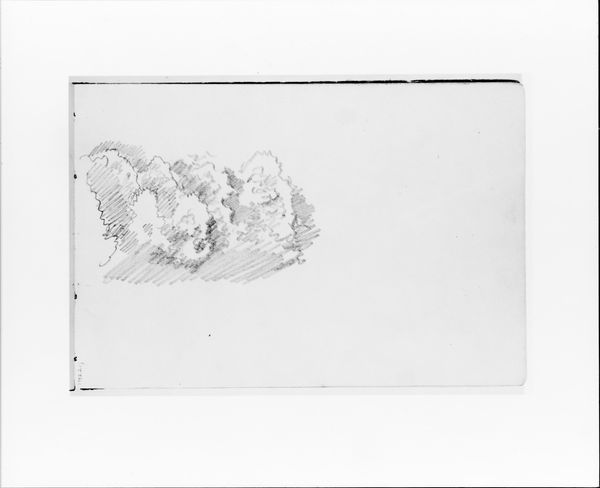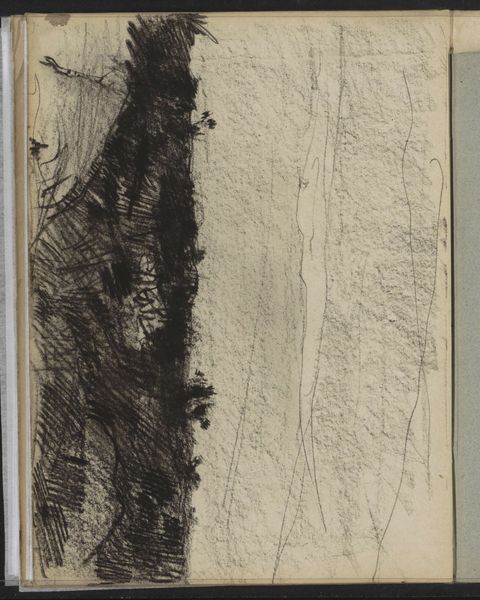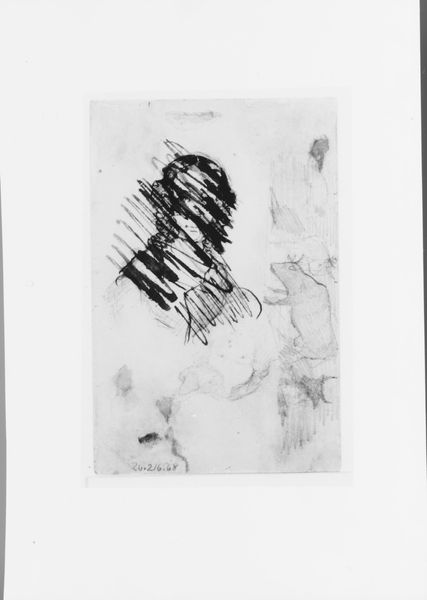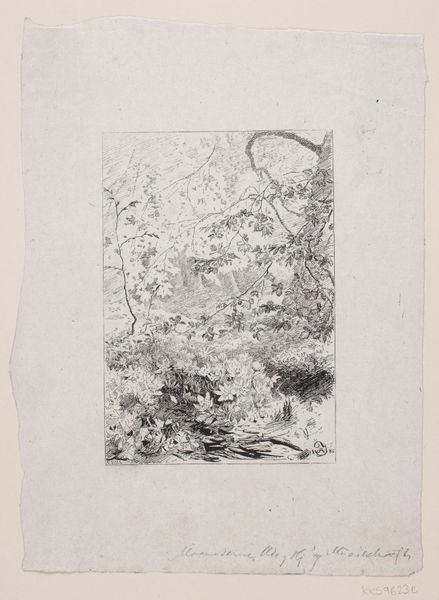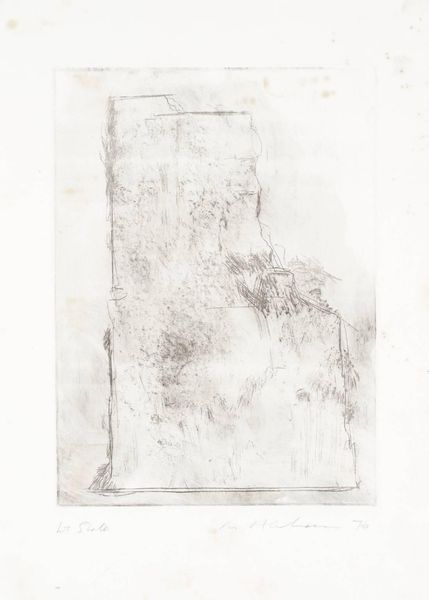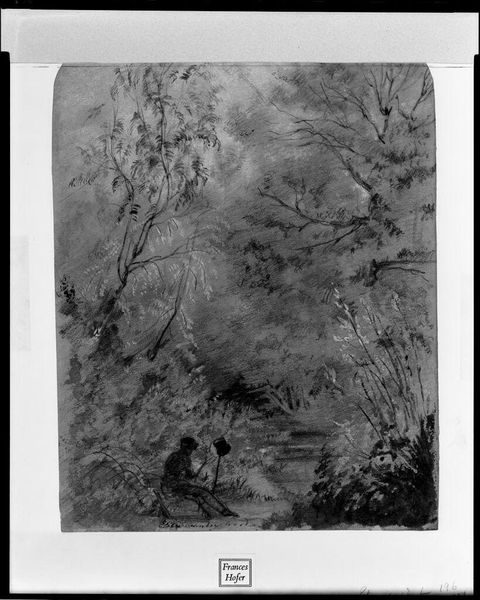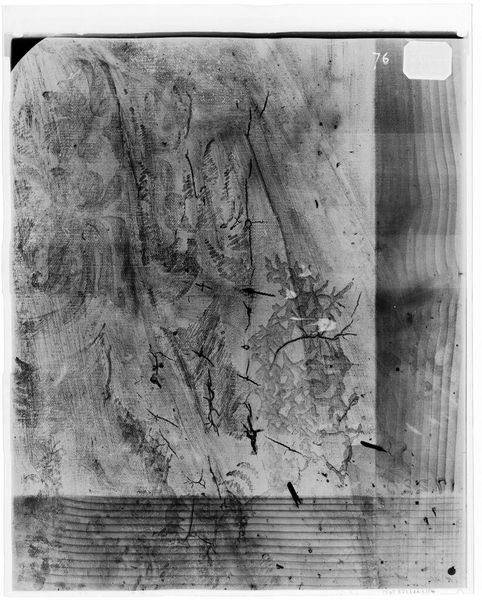
Landscape with Trees Framing a Stream (from Sketchbook) 1835 - 1839
0:00
0:00
drawing, pencil, graphite
#
drawing
#
pencil sketch
#
landscape
#
charcoal drawing
#
form
#
geometric
#
pencil
#
hudson-river-school
#
line
#
graphite
#
realism
Dimensions: 8 x 6 5/8 in. (20.3 x 16.8 cm)
Copyright: Public Domain
Editor: Here we have Francis William Edmonds' "Landscape with Trees Framing a Stream," dating from 1835 to 1839. It’s a graphite and pencil drawing from a sketchbook. It feels very quiet and contemplative. What's your take on it? Curator: Quiet is a good word. To me, it speaks to a specific, perhaps uneasy, relationship with nature that was emerging in the 19th century. Think about the context: the rise of industrialization, urbanization. Nature becomes both a refuge and a resource. Editor: So, are you suggesting this serene landscape carries a commentary on the societal changes of the time? Curator: Precisely. This drawing comes from the Hudson River School tradition, which often idealizes nature, but there's a subtle tension here. Note the way the trees "frame" the stream. Framing implies control, a way of containing or possessing the landscape. Does it romanticize an American Eden or foreshadow its exploitation? Consider who had access to these landscapes and who benefited from their resources. Editor: That makes me see it differently! I hadn’t thought about the implications of "framing" in that way. Curator: It raises questions about whose gaze is privileged and whose voices are excluded. Who decides what aspects of nature are worthy of preservation or exploitation, and for whose benefit? Editor: It’s amazing how a simple sketch can hold such complex social and political layers. I'll definitely look at landscapes differently now. Curator: Absolutely. It’s a reminder that art is never created in a vacuum. It's always in dialogue with the world around it.
Comments
No comments
Be the first to comment and join the conversation on the ultimate creative platform.
